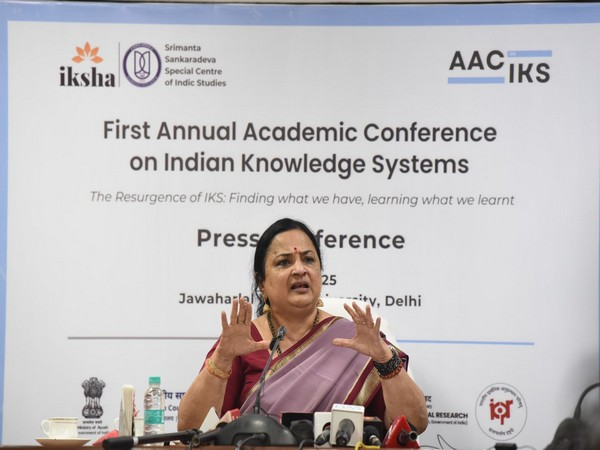Breakthrough in Cancer Research
Indian scientists develop a new compound showing promise
Researchers at the Indian Institute of Science (IISc) have developed a novel luminescent paper based sensor for early detection of liver cancer biomarkers. The “glowing sensor” uses terbium doped paper that emits visible green fluorescence when exposed to specific cancer molecules. This low cost, easy to use tool could transform liver cancer screening by enabling point of care diagnostics in remote or resource constrained settings.
Background & Significance
Liver cancer is often diagnosed late in India, when survival rates are low. Conventional diagnostics require labs, trained personnel, and expensive reagents. A portable test strip that fluoresces visibly under daylight could empower frontline health workers to conduct on the spot screening during routine check ups.
How It Works
The sensor is impregnated with terbium complexes that bind to alpha fetoprotein (AFP). A sample of blood serum placed on the strip triggers nanomolar scale luminescence if AFP is present. The intensity of glow correlates to AFP concentrations, enabling either visual detection or mobile camera quantification.
Implications
Such devices could decentralize screening across rural India, improving early detection. Terbium based luminescence is stable and sensitive making the device suitable for field use without electricity or specialized instruments. It also paves the way for similar sensors targeting other cancers or biomarkers an affordable diagnostic revolution.
Challenges Ahead
Key hurdles include large scale manufacturing under quality standards, regulatory approvals, user training, and integrating results into care pathways. Clinical trials are needed to determine sensitivity, specificity, false positives, and varied blood conditions. Equitable deployment will also require subsidy models or public private partnerships.
Future Outlook
IISc researchers are working to extend the model to cancer panels (e.g. gastric, pancreatic), and explore smartphone based quantification apps. If scaled properly, such sensors could become part of India’s national cancer control strategy and inspire similar innovations globally.





 JNU hosts inaugural Indian Knowledge Systems conference
JNU hosts inaugural Indian Knowledge Systems conference  Citigroup forecasts MSCI ACWI index at 1,150 by mid‑2026 expecting 5% global growth
Citigroup forecasts MSCI ACWI index at 1,150 by mid‑2026 expecting 5% global growth  Heath retires after injuries
Heath retires after injuries  Red Bull sacks Horner
Red Bull sacks Horner  Trump plans blanket 15-20% tariffs on multiple trade partners including Canada
Trump plans blanket 15-20% tariffs on multiple trade partners including Canada